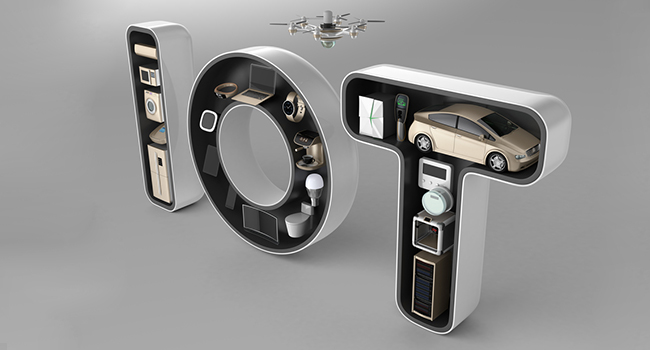
IoT Security Spending to Skyrocket in 2016
- By Sydny Shepard
- Apr 26, 2016
Analyst firm Gartner predicts that global spending on security for the devices that fall under the Internet of Things (IoT) will reach $348 million this year, a 23.7 percent increase from 2015’s spending of $281.5 million.
Obviously, the world of IoT has seen a significant move forward in the recent years. By analyzing last year’s growth and predicting the growth of IoT security spending in 2016, Gartner was able to predict that the worldwide spending in 2017 will reach $434 million and 2018 will see an IoT spending of $547 million.
According to Gartner, the market for IoT security products is dependent on IoT adoption by both the consumer and the industry. Gartner attributes the rise in IoT security spending to the recent announcement of autonomous, connected cars as well as other complex machines and vehicles such as heavy trucks, commercial aircrafts and farming and construction equipment. They have also before predicted that soon we will see everything from toasters to kettles to hospital equipment being connected to the internet.
Gartner predicts that by 2020, more than 25 percent of hacked companies will have been through vulnerability in IoT devices, despite the fact that IoT security will account for more than 10 percent of the IT security budget.
One of the unique features of IoT devices that make them hard to secure is the reach of surveillance and tracking, thus leaving users with few or no options to customize privacy settings or control what happens to their data. This is why Gartner predicts the spending budgets to raise so quickly, an additional amount of research must be done to get the devices to a state in which a consumer feels comfortable using them and a company doesn’t mind employing them.
About the Author
Sydny Shepard is the Executive Editor of Campus Security & Life Safety.